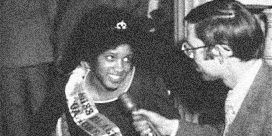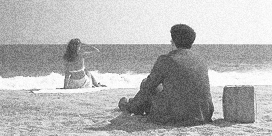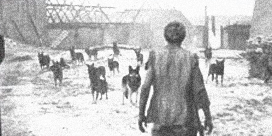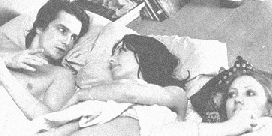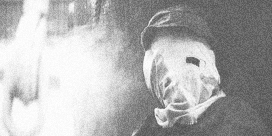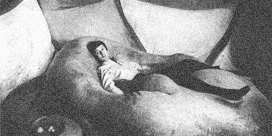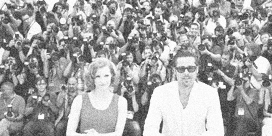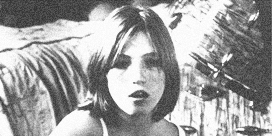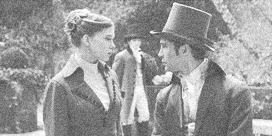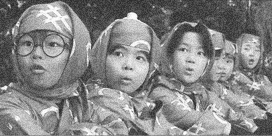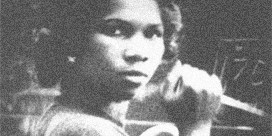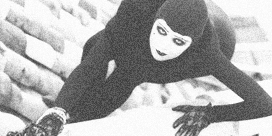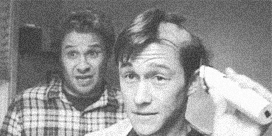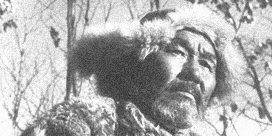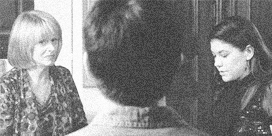April Twenty-Eighth–
September Eighteenth Two-Thousand Eleven
by Leo Goldsmith At the same time as Cory Arcangel’s flashy, content- and craft-free exhibition (featuring the worst and most expensive supercut ever made) was straining to fill the empty space of an entire floor of the Whitney Museum of American Art, elsewhere in the same building a dozen or so short films by Kevin Jerome Everson were looping on four screens in a black box the size of a bedroom. Of course, the size of the room only really matters in evaluating the curatorial priorities of the institution—luckily for Everson, in this case, the intimacy worked in the exhibition’s favor. In their portraits of African-American life, Everson’s works emphasize minutiae, especially the small, everyday details of mythology. The news stories and archival images of According to…, which presents competing accounts of acts of racially motivated violence in the 1960s, offers a more familiar, close-to-home encounter with capital-H history, as does the testimonial voiceover offering hard-won lessons about when and when not to run from the police in Second and Lee (a film curiously reminiscent of a musical favorite of mine this year, Jamie XX’s remix of Gil Scott-Heron’s “Running”). These films linger on African-Americans as workers (in Half On, Half Off, about post-Deepwater Horizon beach cleaners in Pensacola, Florida), rural sportsmen (in The Equestrians and Old Cat), and dancers (in Telethon, a view of Sammy Davis Jr.’s 1973 highway safety telethon from backstage), but always they underscore the performance of everyday life. In Something Else, a repurposing of a 1970’s archival interview, a shiny-garlanded Miss Black Roanoke, Virginia, relates how she doesn’t mind segregated beauty pageants because black women would never win competing against white women. But she does so with a polite smile and easygoing candor appropriate to her role as beauty queen. Subtly jarring elements like these abound in Everson’s work, revealing the deep layers of history and cultural specificity that arise in the most banal of images.
